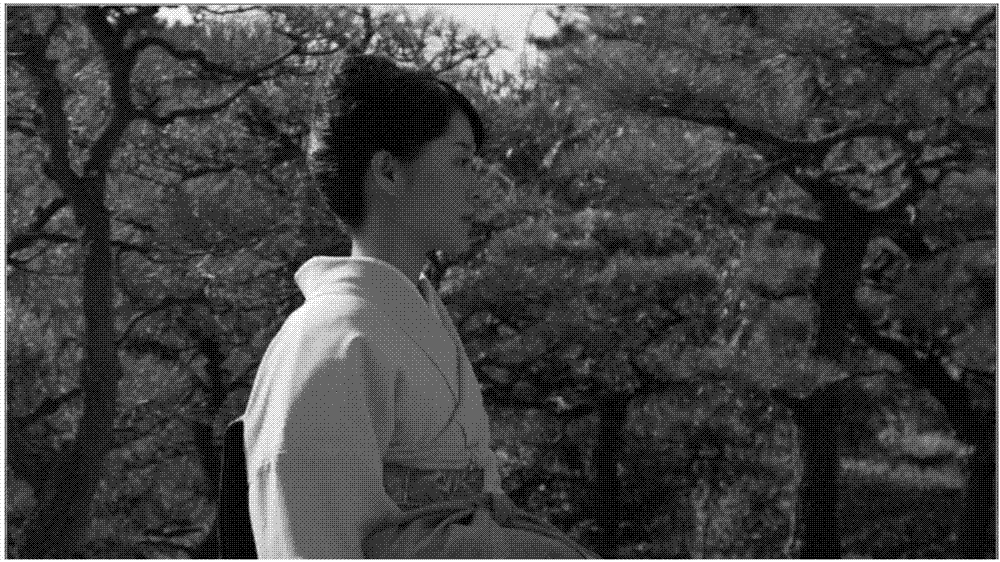Rapid area backlight adjusting method for interlaced scanning video
A technology of interlaced scanning and adjustment methods, which is applied to instruments, static indicators, etc., can solve the problems of high algorithm complexity and difficulty in real-time control of backlight, and achieve low computational complexity, reduce backlight energy consumption, and reduce distortion Effect
- Summary
- Abstract
- Description
- Claims
- Application Information
AI Technical Summary
Problems solved by technology
Method used
Image
Examples
Embodiment approach
[0077] 1) For the input interlaced scanning video sequence, use the Line Average (LA) deinterlacing algorithm based on the spatial domain interpolation deinterlacing algorithm to interpolate the missing pixels of each image to obtain the reconstructed image. The calculation expression of the row average algorithm is as follows:
[0078] I LA (i,j)=[I(i-1,j)+I(i+1,j)]÷2
[0079] In the formula, I LA (i, j) is the pixel interpolation at position (i, j) obtained by using the row average algorithm, and I(i-1, j) is the previous line (i-1, j) adjacent to position (i, j) The original pixel value of the position, I(i+1,j) is the original pixel value of the next row (i+1,j) adjacent to the (i,j) position.
[0080] 2) For the original image of the reconstructed image is an odd-field image, the specific processing is as follows:
[0081] (1) Divide the reconstructed image into 42×24 partitions, and the size of each partition is 45×45.
[0082] (2) Apply uniform thinning processing ...
PUM
 Login to View More
Login to View More Abstract
Description
Claims
Application Information
 Login to View More
Login to View More - R&D
- Intellectual Property
- Life Sciences
- Materials
- Tech Scout
- Unparalleled Data Quality
- Higher Quality Content
- 60% Fewer Hallucinations
Browse by: Latest US Patents, China's latest patents, Technical Efficacy Thesaurus, Application Domain, Technology Topic, Popular Technical Reports.
© 2025 PatSnap. All rights reserved.Legal|Privacy policy|Modern Slavery Act Transparency Statement|Sitemap|About US| Contact US: help@patsnap.com



